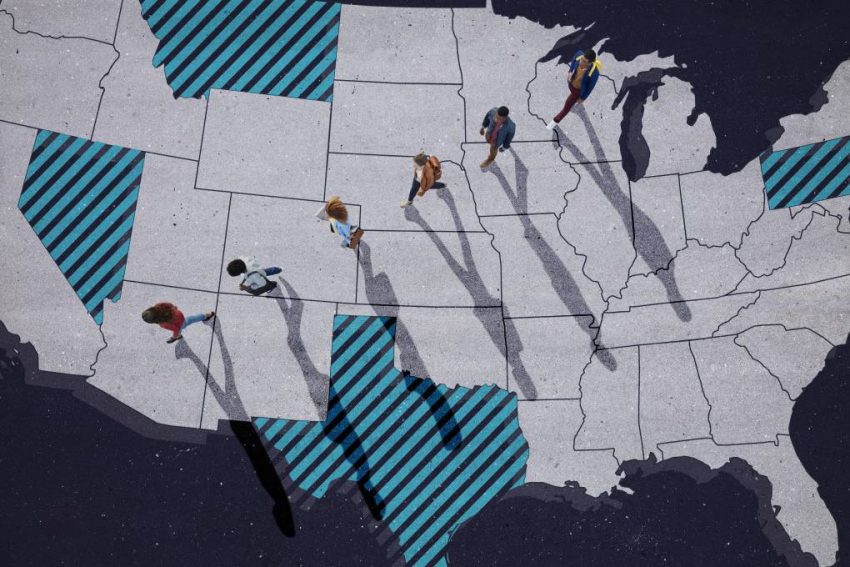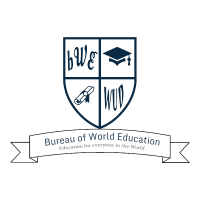
“It’s not simply that college students are failing to catch up, however that college students are persevering with to fall behind,” says one of many report’s authors, Harvard’s Tom Kane.
That studying development line raises necessary questions on how shortly states can anticipate to see enchancment after many passed laws to improve literacy instruction.
The info suggests it might be too quickly to anticipate enchancment, or that passing a legislation is less complicated than really bettering literacy instruction. Or each.
2. 100+ faculty districts carried out above pre-pandemic ranges in math and studying
Whereas no state has returned its math and studying scores to pre-pandemic ranges, the Scorecard is ready to spotlight a minimum of 100 individual districts which have returned to type.
In reality, only a fast look into the info for Louisiana, a state that led, or practically led, in math and studying restoration each, exhibits some districts, together with Lafayette Parish and Terrebonne Parish, which might be three-quarters of a grade stage — or extra — forward of their 2019 studying ranges.
3. Achievement gaps widened
In accordance with the Scorecard, the nation’s highest-income districts had been “practically Four instances extra more likely to get well” in math and studying than the lowest-income districts.
Because the pandemic began, the disparity in math scores, particularly, has grown by 11%.
A rating disparity between college students in predominantly nonminority versus minority districts has additionally elevated 15%.
Sean Reardon, director of the Instructional Alternative Undertaking at Stanford and a co-author of the examine, calls these outcomes proof of “a pernicious inequality.”
4. Federal aid cash prevented bigger losses, however how it was spent issues
In response to the COVID-19 pandemic, Congress poured $190 billion into the nation’s faculties.
“Within the spring of 2021, when the American Rescue Plan handed, the main target was on getting faculties open once more,” says Harvard’s Kane. “And so districts had been solely required to spend 20% on educational restoration.“
Many districts prioritized including psychological well being helps for college students or upgrading getting old amenities, together with HVAC. The Scorecard doesn’t argue that these had been poor decisions, solely that it’s not sensible to anticipate that form of spending to enhance studying the way in which, say, a tutoring program can.
In accordance with the report, “pupil achievement grew extra in districts that spent extra on educational interventions, akin to tutoring or summer season faculty.”
5. Power absenteeism: It’s exhausting for college students to catch up in the event that they’re not in class
“If the pandemic was the earthquake,” Tom Kane says, “we’re nonetheless coping with the tsunami of power absenteeism that’s slowing college students’ studying.”
Power absenteeism, outlined as lacking greater than 10% of the college yr, was already an issue, however soared after the pandemic’s disruption of public education.
The Scorecard contains absenteeism knowledge for 20 states via spring of 2024. In these states, whereas power absenteeism continued to fall, extra college students are nonetheless lacking extra faculty than they had been in 2019.
Analysis has demonstrated a clear connection between missing school and lower student achievement. Not solely that, however one pupil’s absence can have an effect on the achievement of their friends, too, with academics being compelled to spend extra time backtracking and repeating instruction.
6. The Scorecard prescription
The Scorecard provides a number of prescriptions for educators, directors and lawmakers:
- With out extra federal assist, states and faculties ought to focus as a lot of their very own funding as they’ll on educational restoration.
- Communities ought to flip their consideration to speaking up the significance of every day faculty attendance. This sort of messaging shouldn’t simply be left to colleges.
- Analysis suggests that oldsters don’t all the time know when their pupil is struggling, so the Scorecard encourages academics to speak straight with households.
“Dad and mom must know if their youngster is beneath grade stage to allow them to join summer season studying, or ask for a tutor,” Kane says. “In the event that they don’t know, they’re not going to ask for assist.“
Lastly, extra analysis is required to review the vary of reforms on the market, together with these new legal guidelines round bettering literacy instruction, in addition to efforts to ban cellphones from faculties.
















